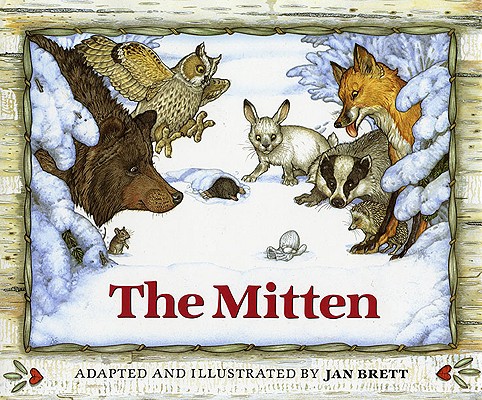To begin this with my student, I plan to start with the basics. I will define and explain what aerobics is and we will discuss the importance of living an active lifestyle.
The Many Benefits of Exercise
Everyone can benefit from regular exercise. Kids who are active will:
- have stronger muscles and bones
- have a leaner body because exercise helps control body fat
- be less likely to become overweight
- decrease the risk of developing type 2 diabetes
- possibly lower blood pressure and blood cholesterol levels
- have a better outlook on life
http://www.5min.com/Video/Kids-Aerobics-Exercise-Part-0411-516945883
Taking Heart Rate
I found this on this great site
Your heart is a pump which pumps blood out around your body through your arteries. You can feel the blood pumping where the arteries are close to your skin. These are your pulse points, and if you feel gently with your fingertips you can count how fast your heart is beating.
The idea of aerobic (air-oh-bik) exercise is to get your heart pumping faster, which will exercise and strengthen your heart (see our topic Fitness).
Learn how to take your pulse, and you will be able to see how well you are doing in your aerobicexercises.

How to take your pulse
You can find your pulse in several places. Here are two of the easiest places to find it.
 | To find your pulse in your neck | |
| Put three fingers of your left hand onto your Adam's apple in your throat (that's the bit that sticks out and goes up and down when you swallow.) Feel gently to the side of it, and you will find your pulse beating (you can feel it going up and down). |  | |
Or
 | To find your pulse in your wrist | |
| Hold your hand in front of you. |  | |
| Stick your thumb up in the air and turn the palm towards you. | ||
| With the first two fingers of your other hand, stroke from the top of your thumb down the side until your fingers reach your wrist. | ||
| Let your fingers slide downwards onto the inside of your wrist, and gently feel for your pulse. | ||
| When you have found a steady beat, count how many beats in 15 seconds (use a watch or clock with a second hand). | ||
| Times your score by 4, and that will tell you your pulse rate per minute. | ||
| To see how well you are exercising, you need to: | ||
 |  | Take your pulse before you start - this is your 'starting pulse'. |
 | Take your pulse after you have been doing high level exercise. You should be aiming for over 150 beats a minute (if you are well). Aim to keep it at the higher rate for 15 minutes. | |
 | Take your pulse when you have finished your cooling down exercises. It should be the same as, or a bit lower than your starting pulse. |
| To really improve your stamina and endurance, you should do 20-40 minutes of aerobic exercise at least three times a week. |  |
My hope is to create a 10-15 minute video of an aerobic routine with my students. |














